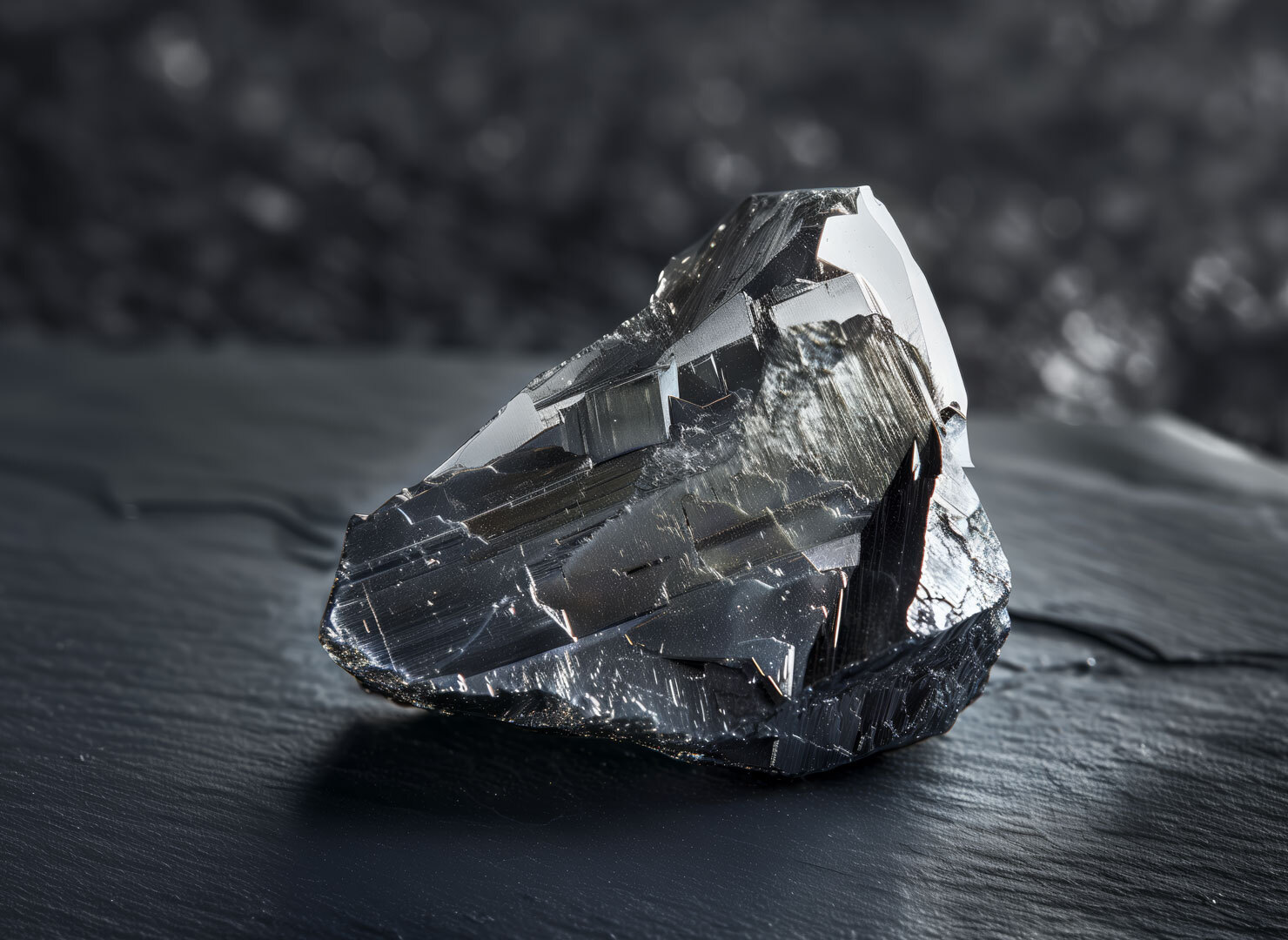
Cerium Silver is a fascinating element with unique properties and uses. Found in the lanthanide series of the periodic table, this metal is known for its shiny, silvery appearance. But what makes it truly special? Cerium is highly reactive, especially with water and air, which means it must be stored carefully. It's also a key player in various industries, from glass polishing to catalytic converters in cars. Did you know that cerium can even spark when struck? This makes it useful in lighter flints. Ready to learn more? Here are 25 intriguing facts about Cerium Silver that will spark your curiosity!
Key Takeaways:
- Cerium, a soft and silvery metal, is named after the asteroid Ceres. It's used in catalytic converters, glass polishing, and even in self-cleaning ovens. It's also being researched for medical applications like wound healing and cancer treatment.
- Did you know that cerium can ignite spontaneously and is used in fireworks to produce bright sparks? It's also added to glass for UV protection and has radioactive isotopes. Plus, it can be recycled from used catalytic converters, making it environmentally friendly!
What is Cerium?
Cerium is a fascinating element with unique properties and uses. Found in the lanthanide series of the periodic table, it has a lot to offer. Here are some intriguing facts about Cerium.
-
Cerium's Atomic Number: Cerium has the atomic number 58, placing it among the rare earth elements.
-
Named After an Asteroid: Cerium was named after the asteroid Ceres, which was discovered just two years before the element.
-
Discovered in 1803: Swedish chemists Jöns Jakob Berzelius and Wilhelm Hisinger discovered Cerium in 1803.
-
Soft and Silvery: Cerium is a soft, silvery metal that can be easily cut with a knife.
-
Oxidizes Quickly: When exposed to air, Cerium oxidizes quickly, forming a dark oxide layer.
-
Most Abundant Lanthanide: Cerium is the most abundant of the lanthanides, making up about 0.0046% of the Earth's crust.
Uses of Cerium
Cerium's unique properties make it useful in various applications. Let's explore some of its key uses.
-
Catalytic Converters: Cerium is used in catalytic converters in cars to reduce harmful emissions.
-
Glass Polishing: Cerium oxide is a popular abrasive for polishing glass and mirrors.
-
Flint in Lighters: Cerium is a component in the alloy used to make flints for lighters.
-
Self-Cleaning Ovens: Cerium oxide is used in the coating of self-cleaning ovens to help break down food residues.
-
UV Protection: Cerium oxide is added to glass to block ultraviolet light.
-
Alloying Agent: Cerium is used as an alloying agent to improve the properties of other metals.
Cerium in Technology
Cerium plays a significant role in modern technology. Here are some ways it contributes to technological advancements.
-
Fuel Cells: Cerium is used in solid oxide fuel cells to improve efficiency.
-
LEDs: Cerium-doped phosphors are used in LED lights to produce white light.
-
Semiconductors: Cerium is used in the production of semiconductors for electronic devices.
-
Optical Devices: Cerium is used in the manufacturing of optical devices like lenses and prisms.
-
Solar Panels: Cerium is used in some types of solar panels to enhance their efficiency.
Cerium in Medicine
Cerium has some interesting applications in the medical field as well. Here are a few examples.
-
Antioxidant Properties: Cerium oxide nanoparticles have antioxidant properties and are being researched for medical applications.
-
Wound Healing: Cerium compounds are used in wound dressings to promote healing.
-
Cancer Treatment: Research is ongoing to explore the potential of cerium oxide nanoparticles in cancer treatment.
Fun Facts about Cerium
Let's wrap up with some fun and lesser-known facts about Cerium.
-
Pyrophoric Nature: Cerium is pyrophoric, meaning it can ignite spontaneously when scratched or struck.
-
Color-Changing Compounds: Some cerium compounds change color when exposed to different temperatures.
-
Cerium in Fireworks: Cerium is used in fireworks to produce bright, white sparks.
-
Radioactive Isotopes: Cerium has several radioactive isotopes, though they are not commonly found in nature.
-
Recycling: Cerium can be recycled from used catalytic converters, making it an environmentally friendly element.
Final Thoughts on Cerium Silver
Cerium silver, a fascinating element, plays a crucial role in various industries. From its use in catalytic converters to its presence in self-cleaning ovens, cerium's versatility is impressive. This element, part of the lanthanide series, is known for its ability to polish glass and its application in flints for lighters. Despite being relatively abundant, cerium's unique properties make it invaluable in technology and manufacturing. Understanding cerium silver's uses and characteristics helps us appreciate the science behind everyday items. Whether it's improving air quality or enhancing the durability of materials, cerium silver continues to be a silent yet significant contributor to modern advancements. Keep an eye out for this remarkable element in the products and technologies around you.
Frequently Asked Questions
Was this page helpful?
Our commitment to delivering trustworthy and engaging content is at the heart of what we do. Each fact on our site is contributed by real users like you, bringing a wealth of diverse insights and information. To ensure the highest standards of accuracy and reliability, our dedicated editors meticulously review each submission. This process guarantees that the facts we share are not only fascinating but also credible. Trust in our commitment to quality and authenticity as you explore and learn with us.
